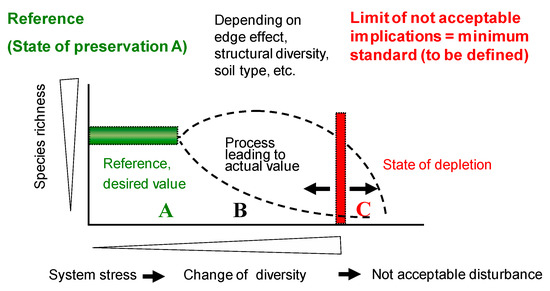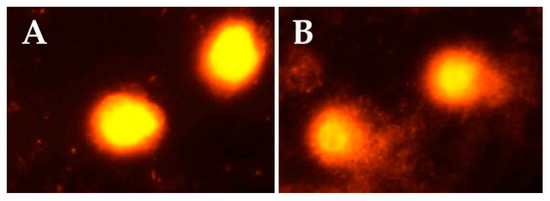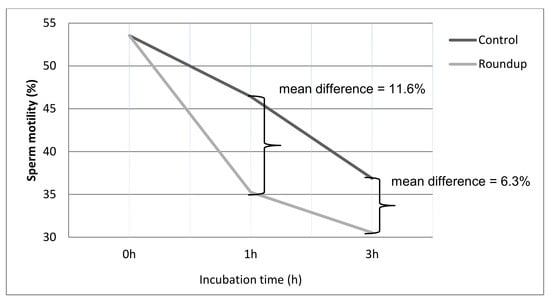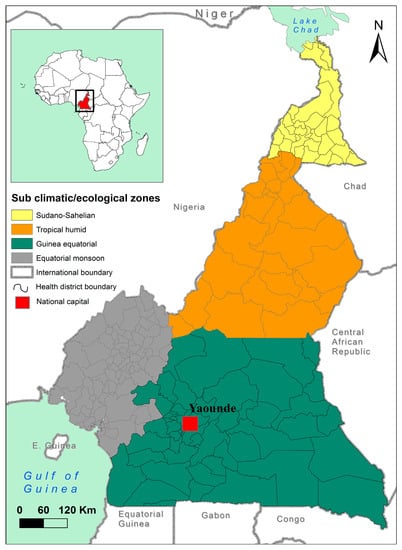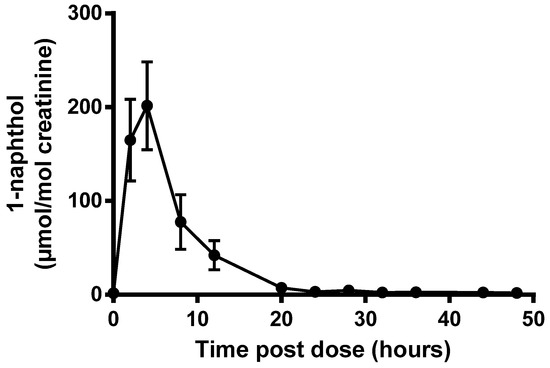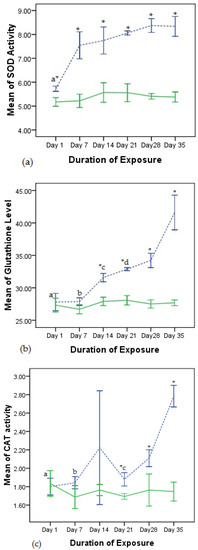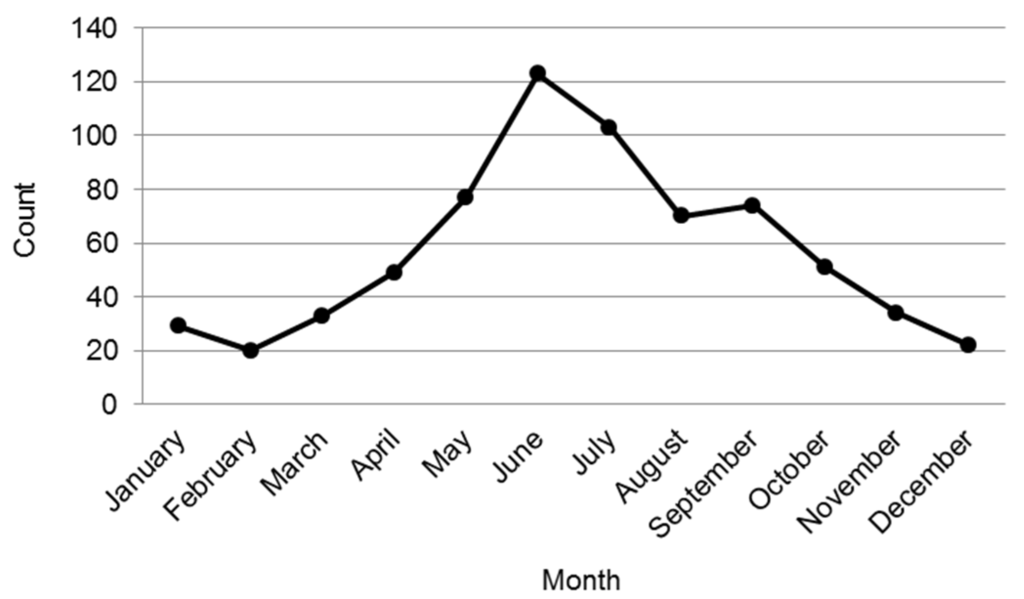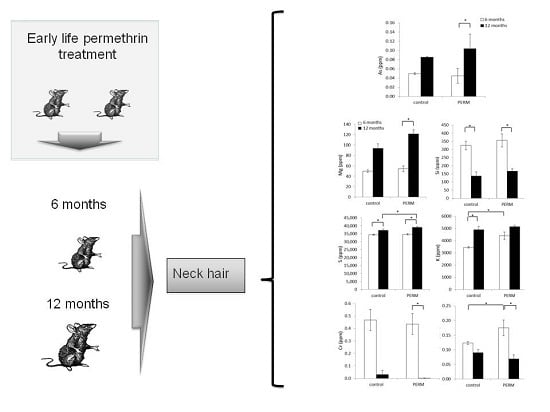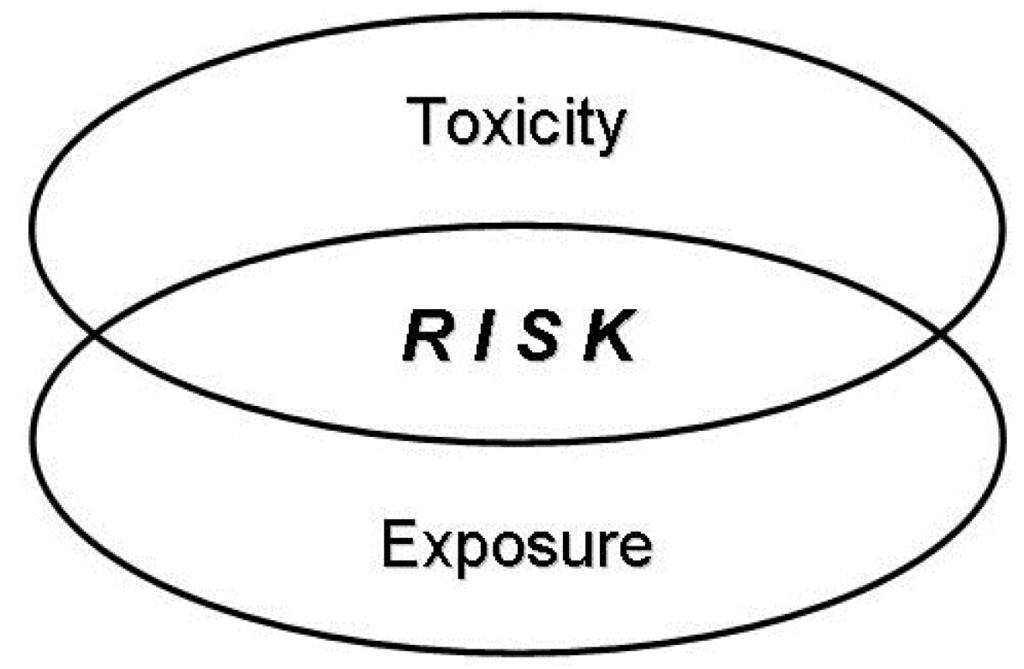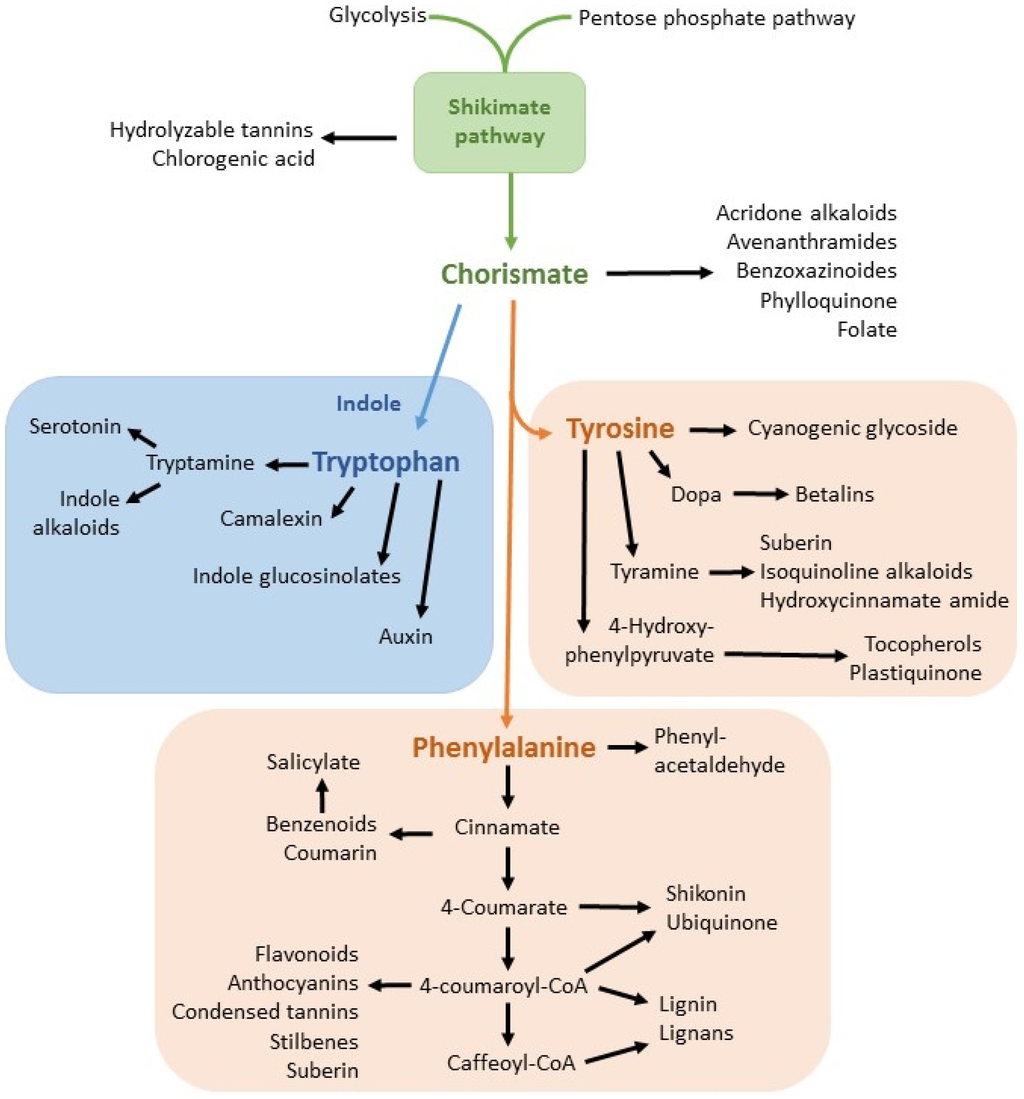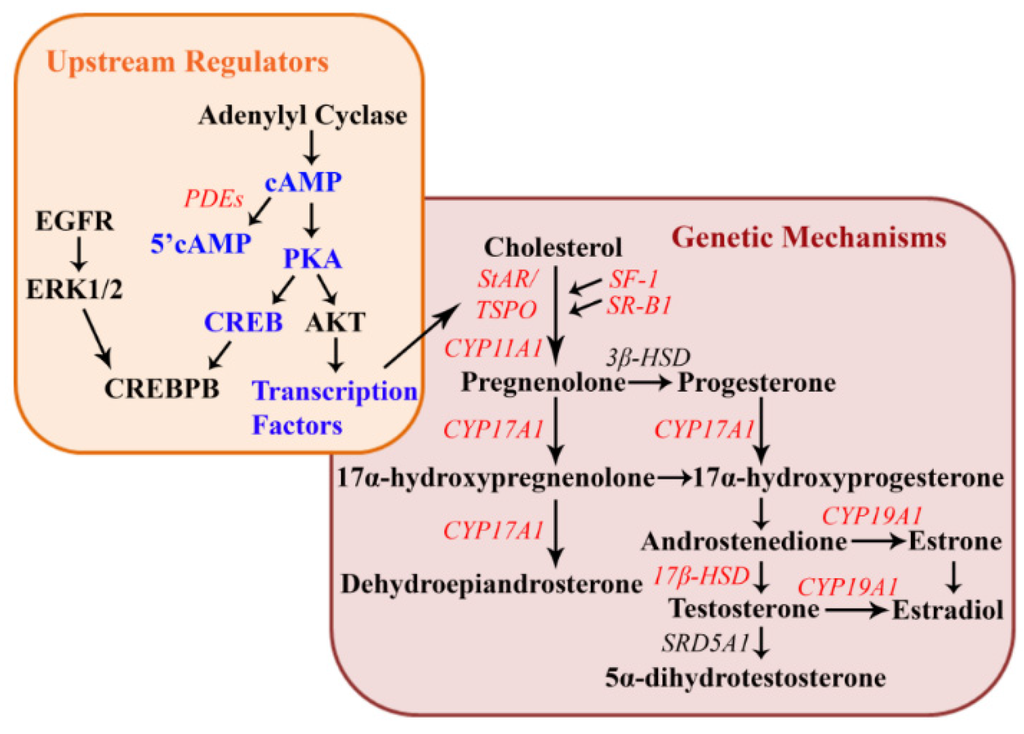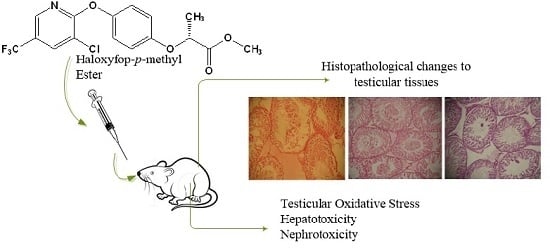Risk Assessment of Pesticide Exposure
A topical collection in Toxics (ISSN 2305-6304).
Topical Collection Information
Agricultural chemicals are extensively used in most farming sectors to control pests. Pesticides affect humans through three mechanisms of entry: ingestion, inhalation, and dermal absorption. Farmers and farm workers are routinely exposed to high levels of toxic pesticides in the fields in a variety of ways. Risk is a function of both pesticide toxicity and exposure. Risk characterization is the integration of pesticide toxicity and exposure data to predict the likelihood of potential adverse effects on human health. Answers to questions on the relationship of pesticides and public health are based on information generated through risk assessment. Human risk assessment is best described as a three-step process: (a) toxicity assessment: an evaluation of intrinsic toxicity or hazard potential of the chemical, (b) exposure assessment: an estimation of potential human exposure to the chemical, and (c) risk characterization: an evaluation of potential risk to humans. Though toxicity data and exposure data are evaluated separately, the resulting assessments are used together to characterize risk. For this Topical Collection on “Risk Assessment of Pesticide Exposure”, we are ready to accept papers that enhance our understanding of risk by pesticide exposure in populations. Papers that fall along the continuum of pesticide exposure characterization to human health evaluation will be considered.
Keywords
- pesticides
- exposure assessment
- agricultural exposure
- residential exposure
- risk assessment
- safety behaviours





